Elysian Fields
According to Mr. Fields, the auto industry is “iconic to America” and Ford is “an iconic American brand.” Of course, by “America” Fields meant the United States; not Paraguay, Honduras, Guatemala or Mexico. On the other hand, Fields admitted that FoMoCo “faces a tough 2006 in North America.” So maybe “America” means the entire North American continent, including Mexico and Canada. Or… not. “The United States is the most open and competitive automotive market in the world.” So he was talking about the US and not the rest of the Americas? Or even the rest of North America?
Maybe. Field asserted that the Mexican-made Fusion triplets (Fusion, Milan, Zephyr) are “gaining share” and the “Fusion … is our way of saying … the Honda Accord and Toyota Camry’s reign at the top of the American sedan market are no longer unchallenged.” So a Mexican-built car is Ford’s hedge in the American market against Japanese-branded cars built on US soil. This is getting more and more confusing. But wait – there’s more.
Fields bragged that Ford’s new hybrids are “posting record sales of late” and their “innovations led to more than 130 patents,” with more pending. The Ford exec conveniently omitted the fact that Ford’s hybrid technology depends on technology licensed from Toyota. Nor did he mention the Japanese-made transaxles and battery packs and German-built regenerative braking systems which make Ford’s hybrids possible.
Halfway through his speech Fields finally explained what he meant by an “American” car. Like the Ford-sponsored Level Field Institute pressure group, Fields’ definition of an American automotive product relied almost entirely on US employment statistics: the number of Americans employed in America by foreign-owned automakers vs. the domestic-owned carmakers’ American workforce. Even though Daimler-Chrysler is German-owned, Fields grouped DCX’ workers with Ford and GM’s domestic workers. Translation? In Field’s world view, “American-made” refers to any car, truck, minivan or SUV built in an American plant that isn’t owned by a Japanese or Korean company.
Fields then castigated his Japanese and Korean competitors because “most of their design and engineering jobs are not located in America.” Maybe that’s because they’re GLOBAL corporations that decided to locate their design and engineering centers inside their target markets. If you look at the top models Honda, Toyota, Nissan and Hyundai sell in America, the majority was conceived in design centers located on American soil, designed by American-born designers.
Anyway, for industry watchers concerned with The Blue Oval’s impact on US industrial policy, Fields’ speech raised more questions than it answered. Why, for example, did Ford’s president single-out Japanese and Korean manufacturers for criticism, instead of censuring all companies selling cars on American soil that aren’t built in the USA by an American-owned company? Could it be because that definition would include Ford-owned “foreign” brands: Volvo, Aston Martin, Land Rover and Jaguar?
If you think about it, the cars made by these companies are just as “foreign” as an imported Toyota. So why did Fields denounce “foreign” automakers that come here from other countries and establish a brand identity and manufacturing presence in the US? They’re only doing the same thing Ford did in Germany. And England. And Australia. And Argentina. And… and… and…
Not to put too fine a point on it, Fields’ hypocritical flag waving was stunning in its rational inconsistency. Fields’ speech bitched about foreign governments helping their automakers with currency manipulation, and then bragged “states and local governments subsidize new investments, in some cases as much as $160,000 per job. Governors get re-elected winning new plants.” How can Fields criticize Toyota for investing in American (US) production when (according to various press reports) Ford has just pulled the trigger on an estimated $9.2 billion to update and expand its Mexican operations — to replace lost production capacity from closing plants on US soil?
Despite his assertions to the contrary, Fields’ speech was nothing more than a thinly veiled plea for a bailout from the federal government via tax credits and for protection from the very same free trade market that companies like Ford helped build. If that’s all Mr. Fields has to say, perhaps he’d be better off restricting his remarks to the viability of Ford’s products in the American marketplace. Then again, maybe not.
More by Frank Williams
Latest Car Reviews
Read moreLatest Product Reviews
Read moreRecent Comments
- Varezhka Maybe the volume was not big enough to really matter anyways, but losing a “passenger car” for a mostly “light truck” line-up should help Subaru with their CAFE numbers too.
- Varezhka For this category my car of choice would be the CX-50. But between the two cars listed I’d select the RAV4 over CR-V. I’ve always preferred NA over small turbos and for hybrids THS’ longer history shows in its refinement.
- AZFelix I would suggest a variation on the 'fcuk, marry, kill' game using 'track, buy, lease' with three similar automotive selections.
- Formula m For the gas versions I like the Honda CRV. Haven’t driven the hybrids yet.
- SCE to AUX All that lift makes for an easy rollover of your $70k truck.
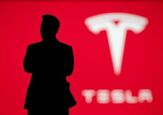
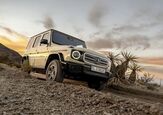
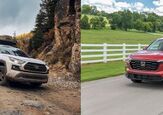













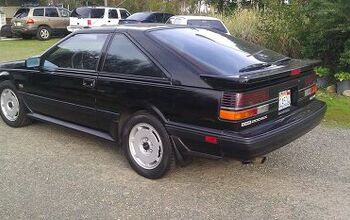


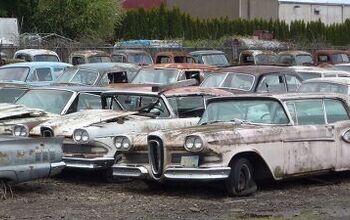
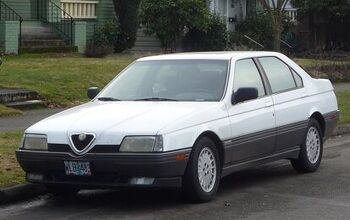

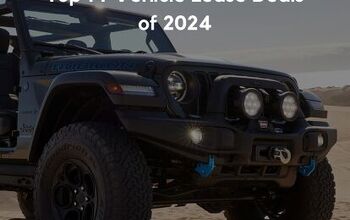
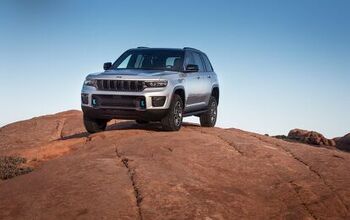
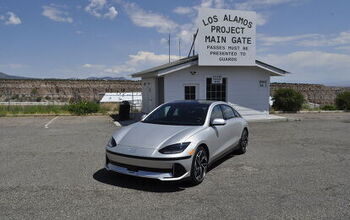
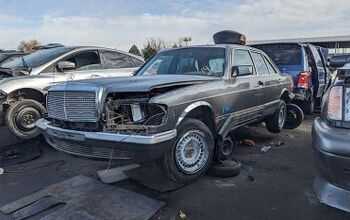
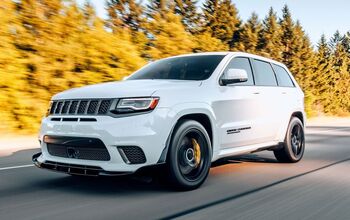

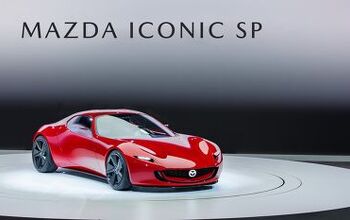
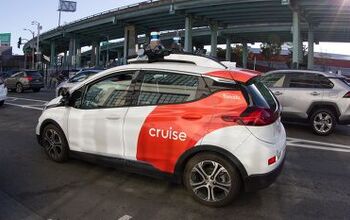



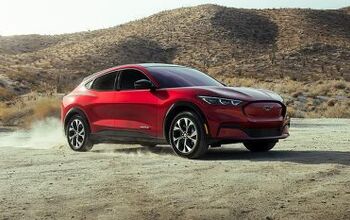
Comments
Join the conversation
Re: Miked The 1965 Auto Pact between the Canada and the US essentially makes it an integrated market. Most companies with large factories in Canada only produce a few models there that are sold throughout NA, and vice versa. For instance, most Camry's sold in Canada probably originated from an American plant, while the Toyota plant in Ontario put out around 4 models at first, but a few years ago, shifted Solara production to a US plant to increase capacity for the Matrix, Corolla and Lexus SUVs. The same goes for the Ford, GM, and DCX plants up here too, they usually produce only a selection of models (Chrysler minivans, for example) in order to gain efficiencies of scale and specialize plants - a plant may be able to quickly retool from assembling Yaris sedans to Camry's, but all the other items down the supply chain (engines, interiors, seats) need to shift as well. http://www.toyota.com/about/operations/manufacturing/ details some of Toyota's NA plants, what they make, and where they go. Where the automaker sets up shop these days has to do with how close it is to their prospective market, subsidies or breaks offered by the government, integration into their existing logistic network, local workforce ability, etc. Medicare costs, tariffs, or political expediency are all part of the equation, but not the only factors involved.
Back in January, I wrote an editorial for this site about Fields' keynote speech at the Greater L.A. Auto Show. There's one quote from Samuel Johnson, which I should have used then, "Patriotism is the last refuge of the scoundrel." Bob Beamesderfer